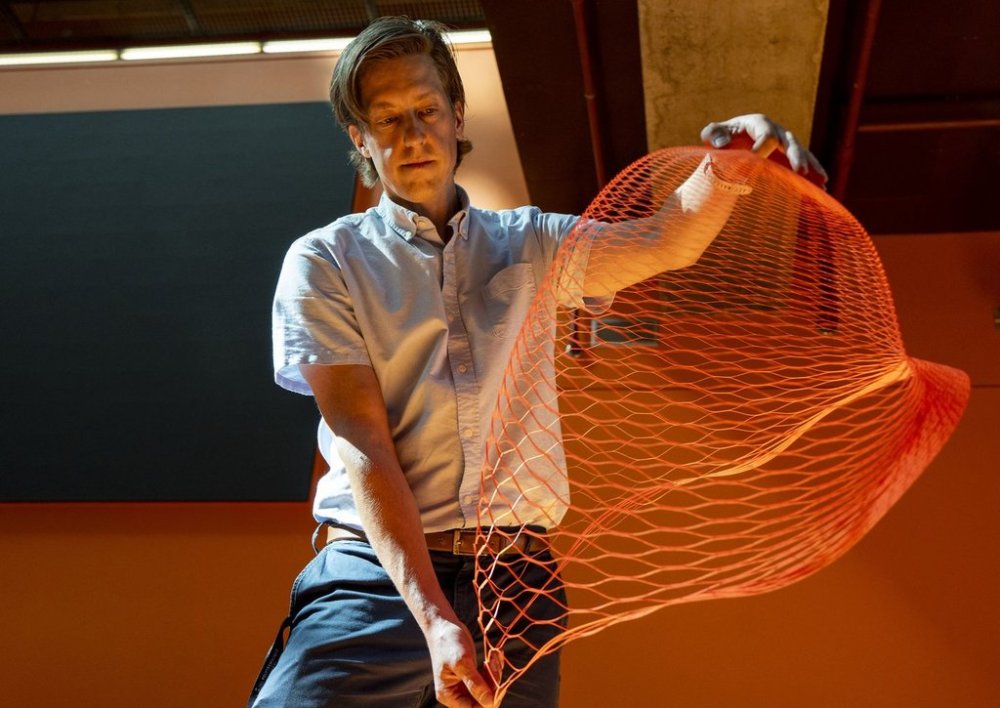Polytechnique engineers design low-cost, Japanese kirigami-inspired parachute
Advertisement
Read this article for free:
or
Already have an account? Log in here »
We need your support!
Local journalism needs your support!
As we navigate through unprecedented times, our journalists are working harder than ever to bring you the latest local updates to keep you safe and informed.
Now, more than ever, we need your support.
Starting at $15.99 plus taxes every four weeks you can access your Brandon Sun online and full access to all content as it appears on our website.
Subscribe Nowor call circulation directly at (204) 727-0527.
Your pledge helps to ensure we provide the news that matters most to your community!
To continue reading, please subscribe:
Add Brandon Sun access to your Free Press subscription for only an additional
$1 for the first 4 weeks*
*Your next subscription payment will increase by $1.00 and you will be charged $20.00 plus GST for four weeks. After four weeks, your payment will increase to $24.00 plus GST every four weeks.
Read unlimited articles for free today:
or
Already have an account? Log in here »
MONTREAL – Researchers at Polytechnique Montreal have created a concept for a parachute inspired by the Japanese art of kirigami, one that engineers hope could be used in everything from humanitarian airdrops to scientific exploration.
The innovative project, which earned the researchers an article in the science journal “Nature,” published this week, demonstrates the new possibilities of a traditional art form, said Frédérick Gosselin, who alongside colleague David Mélançon led the work.
Kirigami is a Japanese art of folding and cutting paper to create three-dimensional designs.

“So you probably made snowflakes with your kids around Christmas — you fold paper, you cut it, and when you unfold it, you get this pattern,” said Gosselin, a professor of mechanical engineering at Polytechnique and one of the authors of the study.
The prototype developed by Polytechnique engineers is a flat sheet of material, cut into a pattern that unfolds into a parachute as it drops to the ground.
“We were able to make a parachute for very little cost and simple materials like a sheet of paper, plastic, cardboard,” Gosselin said. “So we can make parachutes that are cheap to make but also they could be recyclable, reusable or even biodegradable.”
However, the current prototype is cut with a laser that costs tens of thousands of dollars, with each parachute taking about 25 minutes to produce. The size of the parachute is limited by the laser machine’s two-by-three-foot dimensions.
During a demonstration at Polytechnique this week, Gosselin used a bristol board from a dollar store.
A key challenge was determining which of the infinite possible cutting patterns would be effective, Gosselin said. What they created, he said, is an exceptionally stable parachute that falls to the ground in a straight line with little drift.
“These kinds of parachutes could limit material losses during airdropping as well as decrease manufacturing costs and complexity,” researchers wrote in the article.
The parachute’s behaviour doesn’t change as its size changes, which suggests it could be scaled up, Gosselin added.
Gosselin believes the parachutes could be used for multiple purposes, everything from drone delivery, humanitarian airdrops, or perhaps even to carry sensors during hurricanes that can measure properties of a storm at different altitudes.
“And so these Kirigami parachutes could be made very cheap to achieve these kind of applications,” Gosselin said.
The project took two years to develop and was the focus of Danick Lamoureux’s master’s thesis, which won the award for the best master’s dissertation at Polytechnique for 2024. A federal grant from the Natural Sciences and Engineering Research Council of Canada paid for Lamoureux to travel to École polytechnique in Paris to test parachute designs.
Gosselin says his plan is to continue researching the best kirigami patterns to achieve more functionality in the parachutes, including to improve their descent, to make them rotate and allow a camera to scan the surroundings.
Other logistical hurdles include how to manufacture them in large quantities and at scale.
“We’re still at the stage of fundamental research,” Gosselin said. “The novelty was to bring this new idea of kirigami parachutes forward and show that it’s possible.”
While space is a potential long-term goal, there are significant challenges, Gosselin noted.
A parachute for Mars, for example, would need to function in an atmosphere that is only about one per cent as dense as Earth’s and at supersonic speeds, a completely different environment to the one the chute has been tested in so far.
This report by The Canadian Press was first published Oct. 2, 2025.
Note to readers:This is a corrected story. A previous version misspelled the name of Danick Lamoureux.
